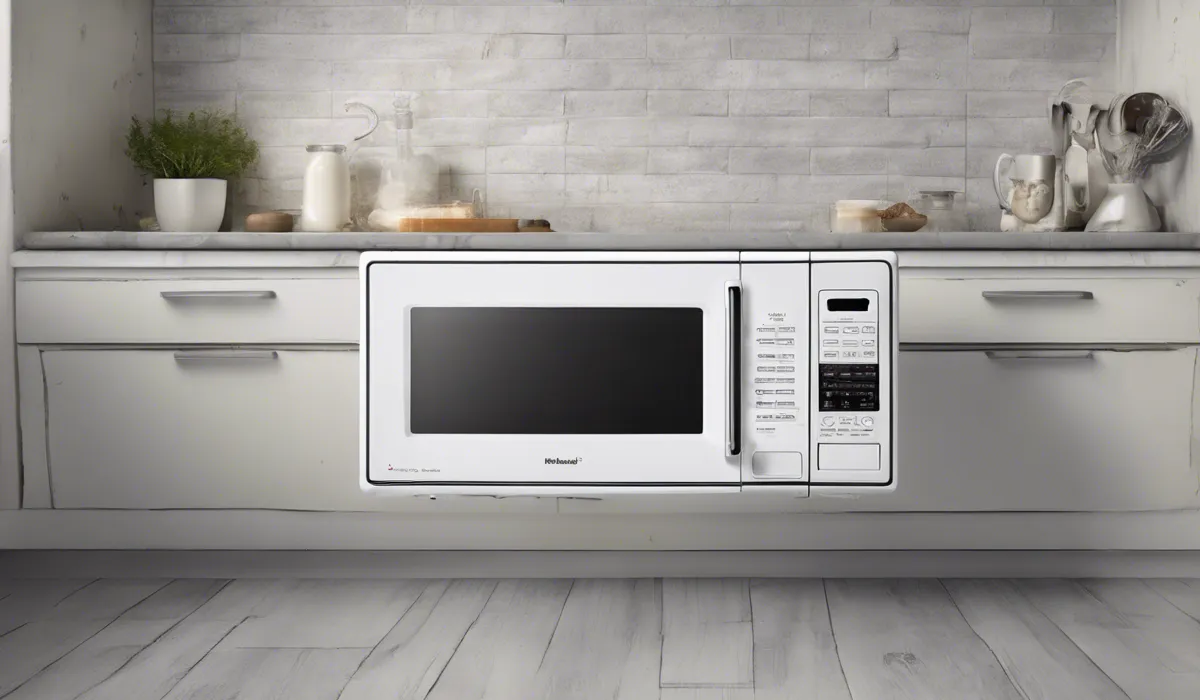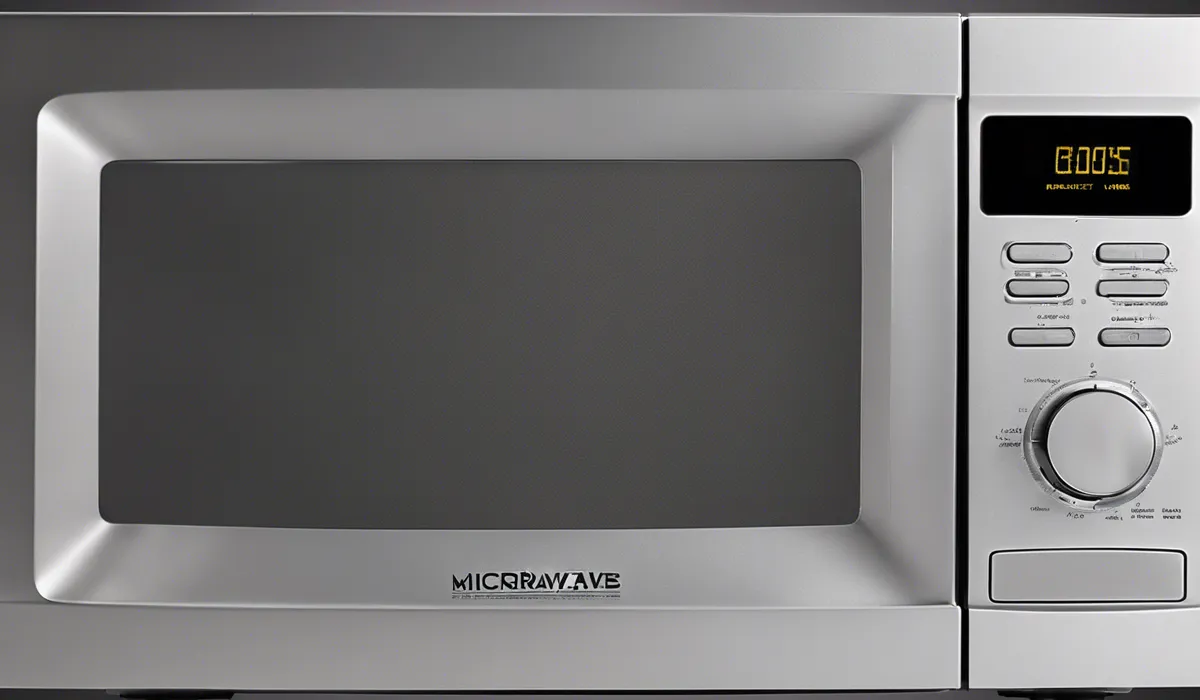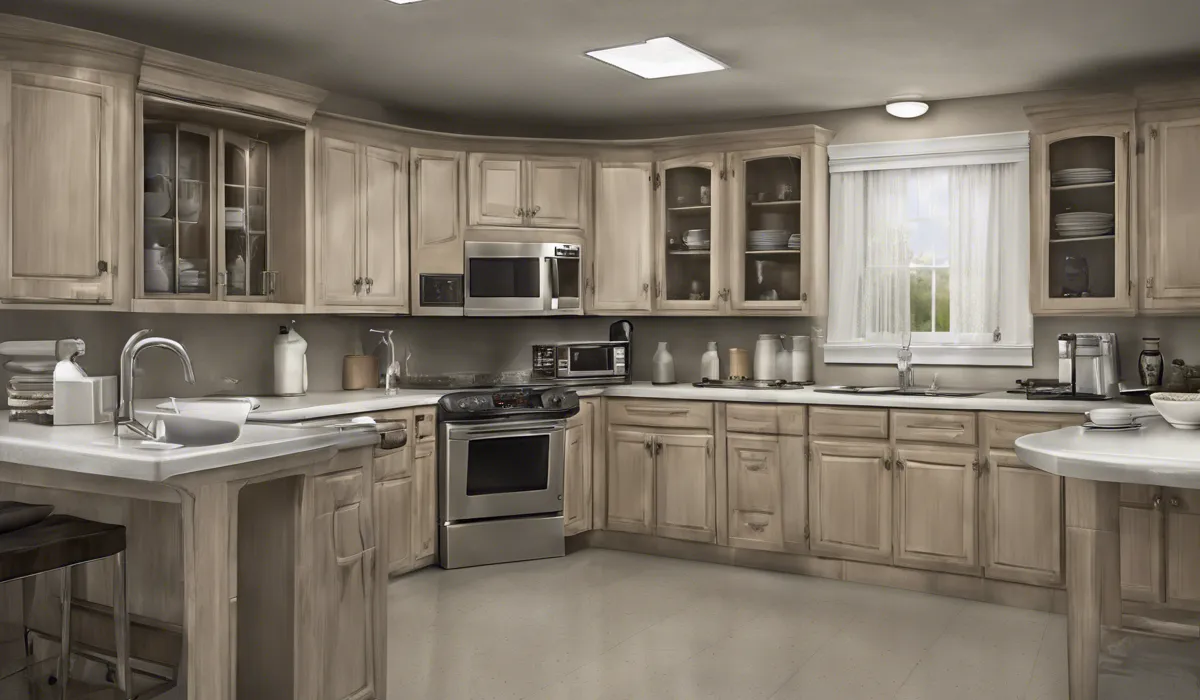Microwaves can kill mold on certain materials by heating and destroying the fungus. However, they may not reach deep mold roots, so they’re not a complete solution for mold removal. It’s crucial to clean the area thoroughly after microwaving to prevent mold regrowth.
Understanding Mold and How It Thrives

What Is Mold?
Mold is a type of fungus that can grow both indoors and outdoors. It comes in various colors and forms.
Mold spreads by releasing tiny spores into the air. These spores are invisible to the naked eye and can start new mold growth when they land on surfaces that have the right conditions for them to thrive.
Favorite Spots for Mold Growth
Mold loves damp, warm, and humid places. You can often find it in bathrooms, kitchens, basements, or anywhere with moisture issues.
It can grow on a variety of materials including wood, paper, carpet, and foods.
Risks of Mold in Your Home
Having mold in your living space can cause health problems. Some people may experience allergies, respiratory issues, or even more severe conditions when exposed to mold.
It is important to keep your home dry and clean to reduce the risk of mold-related health issues.
Conditions That Encourage Mold
Mold thrives in environments with poor ventilation, high humidity, and warmth. Leaks in roofs, windows, or pipes can also lead to mold problems by providing the moisture it needs to grow.
The Science of Microwaves

How Do Microwaves Heat Food?
Microwaves heat food by producing microwave radiation. This radiation causes water molecules in the food to vibrate, creating heat. This process can quickly warm up your meal.
Impact of Microwaves on Cells
Microwave radiation can affect different types of cells. While it is excellent for heating food, it can also damage cells in living organisms, including mold spores and bacteria.
Research on Microwaves and Microorganisms
Studies have shown that microwaving can kill bacteria and mold. The heat generated by microwaves can destroy these microorganisms, which is why it’s sometimes used to disinfect sponges or other kitchen items.
Microwaves and Food Safety
Using a microwave to reheat leftovers not only warms up the food but can also make it safer to eat by killing harmful bacteria that may have grown.
Microwaving to Combat Mold

Can Microwaves Kill Mold Spores?
Yes, microwaves can kill mold spores. The heat produced by microwaves is effective in destroying the structure of the fungus, making it a useful tool for combating mold on certain materials.
Limitations in Using Microwaves Against Mold
However, microwaves may not penetrate deep enough to reach mold roots, especially in porous materials. This means that while surface mold can be treated, the remaining roots can lead to regrowth over time.
Cleaning After Microwaving
It is important to clean the area thoroughly after using a microwave to kill mold. Even though the mold may be dead, the spores can still cause allergic reactions. Cleaning helps ensure that these allergens are removed from your environment.
Best Practices for Using Microwaves to Disinfect
To use a microwave effectively against mold, you should only place items that are microwave-safe inside. Also, be sure to heat the items for enough time to ensure that the mold is killed. For example, microwaving a damp sponge for two minutes might be sufficient to disinfect it from mold and bacteria.
Preventing Mold with Microwaves
While microwaves can help in disinfecting items, preventing mold growth in the first place is crucial.
Keep your home dry, well-ventilated, and clean. Use a microwave to periodically disinfect items that can retain moisture, like kitchen sponges, to maintain a mold-free environment.
When Not to Use Microwaves for Mold?
Do not use microwaves for items that are not microwave-safe or for materials that can easily catch fire.
Additionally, microwaves are not suitable for treating large areas of mold growth or for materials where mold has penetrated deeply, like drywall or thick upholstery.
Conclusion on Microwaving Mold
Microwaving can be a tool in your mold-fighting arsenal for small items, but it should not be the only method you rely on. Always follow up with cleaning and take measures to prevent mold from coming back.
FAQs About Do Microwaves Kill Mold
Can microwaves completely eliminate mold from materials?
Microwaves can kill surface mold on certain materials by heating, but they may not eliminate deep mold roots, making them an incomplete solution for mold removal.
Is it safe to microwave materials to kill mold?
While microwaving can kill mold on some materials, it’s important to ensure that the material is microwave-safe to prevent fire hazards or toxic fumes.
Does microwaving moldy materials prevent future mold growth?
Microwaving may kill existing mold, but without thorough cleaning and moisture control, it does not guarantee prevention of future mold growth.
How long should I microwave a material to kill mold?
The time required to microwave a material to kill mold can vary; however, there is no standard time, and it’s more important to focus on the heat generated rather than the duration.
Are there any alternatives to using a microwave for mold removal?
Yes, alternatives include using chemical mold removers, natural solutions like vinegar or baking soda, or professional mold remediation services.
Final Thoughts
Microwave radiation can effectively kill surface mold on materials by heating and destroying the fungus.
Nonetheless, this method may not eliminate deep-seated mold roots, rendering it an incomplete solution for mold remediation.
Post-microwave cleaning is imperative to ensure that any remaining spores are removed to prevent future mold growth.
